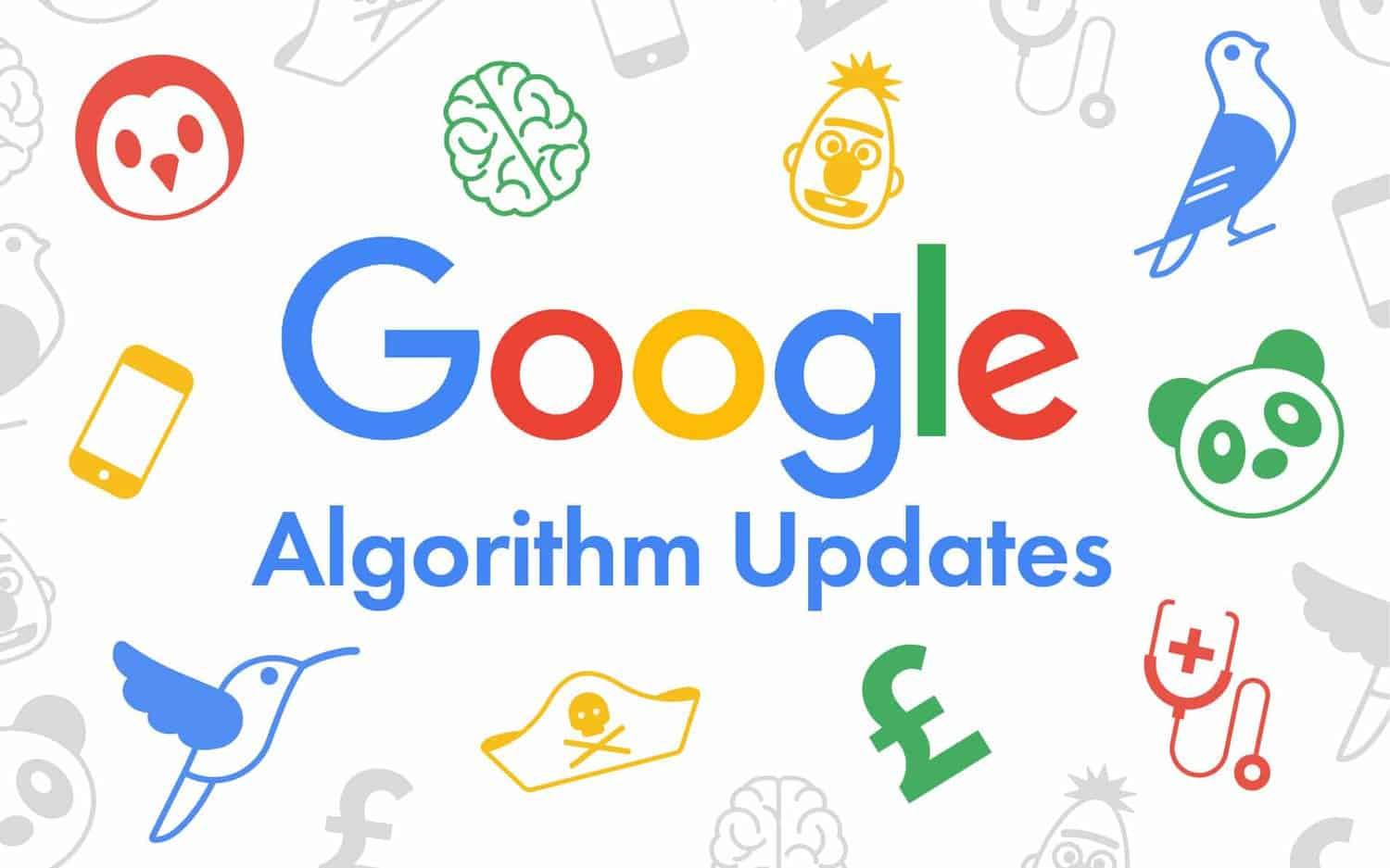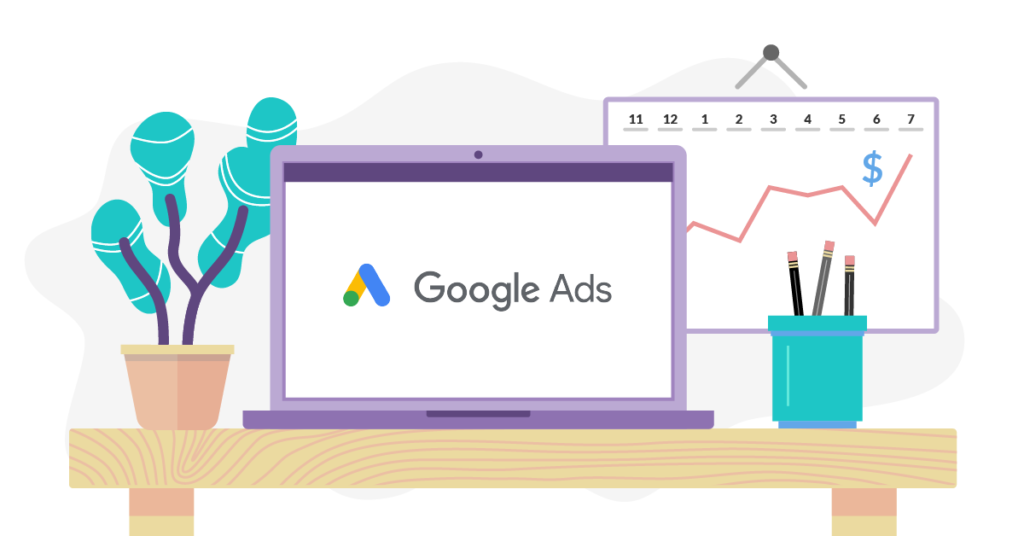Want More SEO Traffic?
Get expert tips to boost your SEO and grow your website traffic!
How Google Uses Ai & Machine Learning In Search: Rankbrain, Bert & Mum Explained

It has happened many times that almost every digital marketer has generally observed how Artificial Intelligence and Machine Learning play a role in the decision-making process of Search Engine Rankings.
And I can confidently say this is the moment where almost every digital marketer becomes point-blank, especially the new ones.
Now, it's not like the earlier updates didn't have technical aspects rolled out, or that everything happened smoothly without touching codes or DSA. That's not the case.
Google has always given its best with every algorithm and update. And if I conclude all of them, the ultimate goal has always been the same – to provide the best result to every individual user.
By best, I don't mean delayed results. The point was to deliver the best results in the least amount of time, results that are both relevant and satisfying to the user's query. Because, as a company, Google never wants its users to get frustrated and leave Google.
Let's try to understand this with an example. Imagine I have a grocery shop where people come to buy essentials. The workers I have hired there are specifically to help customers so that whenever a customer asks for something, my employee can give them exactly what they need in the minimum time. The benefit of this is that the customer has a good experience in my shop, I get business from that customer, my store's gross revenue increases because of their purchases, and since I hired employees to make the process easier, customers can complete their shopping faster. It also allows me to serve as many customers as possible with the same space, materials, and resources.
It is exactly what Google is doing. To provide the best results to its users, they are developing algorithms so they can deliver the best outcomes in minimal time. And honestly, from a business point of view, that's not wrong at all.
Now, if your business or website gets impacted because of this process, neither is it Google's fault, nor is it something Google can stop. Every company makes decisions based on its consumer base, not on other factors – not even cost.
You must have heard the saying: Everything comes at a cost. And when we talk about technology, let's be frank – technology comes at a very high price. But still, Google is willing to pay that cost. Do you know why?
Because today's investment secures tomorrow's future, you can't compromise on business goals just to save money. If you don't invest in technology today, chances are that in the long run, your business won't even survive, and you'll be out of the market very soon.
And what I'm saying is not baseless. You must have already realized by now that every person today wants to invest in digital technology. Every business wants to invest in or is already investing in it in some way. Why? Because they know that if they don't adapt while everything is gradually moving online, they might soon be out of business.
Different people have different ways of investing in technology. Some choose to buy courses, study, and develop skills. On the other hand, companies prefer hiring these skilled people according to their budget and convenience to grow their business, sometimes through digital marketing, sometimes by building software.
Some companies invest in SEO services to rank higher in their niche and get more customers. In contrast, others invest in software development or ERP/CRM systems to provide a better experience to their existing clients and streamline their workforce to handle massive volumes.
So, if Google is doing the same, what's wrong with that? Google has launched many algorithm updates before, which are considered major Google search algorithm updates, but ranking doesn't end there, because ranking is a very dynamic thing. To tackle that, Google worked on itself and used technologies like AI and Machine Learning to make its search engine even more handy for users.
And when it comes to designing algorithms, Google doesn't stick to just one technology or one language. It leverages its best capabilities to always deliver something out of the box. Among those, today we will understand three of the most powerful and important AI & Machine Learning-based algorithms, so that while optimizing our websites, we can keep these factors in mind and achieve better rankings.
RankBrain
It is not an ordinary update, nor is it an algorithm that was released for one specific task. As the name itself suggests — the "Brain" of Ranking — this Google algorithm update decides how much contribution should be given to different algorithms, and when, so that the results can be delivered in the best possible way according to users' needs.
You will be surprised to know that almost 15% of daily searches on Google are such that have never been seen before and will never be seen again.
Whenever a user goes to Google and performs a query, at least 18 ranking signals start working together. And these 18 are just the major ones — if you start counting the minor ones, you might even lose count.
RankBrain is an algorithm update that is Artificial Intelligence-based, and it works by considering some fundamental factors, such as:
- Whether the content is helpful,
- The freshness history of the content,
- The relevance of the content to the user's search,
- The richness of the website through backlinks,
- And if the search is performed for local results, then it checks for local relevancy.
The RankBrain update was launched in 2015, and it is one of Google's top ranking signals. Just like in a class, there is a monitor who manages and controls the other students so that the class maintains decorum and everything runs smoothly. RankBrain also works similarly. It acts like a brain that manages and controls the other ranking signals to decide how much weight should be given to which algorithm, and it is very dynamic.
RankBrain mainly focuses on three things:
- Query Understanding
- RankBrain first tries to understand the actual meaning of the query being searched by the user. What exactly is the person looking for?
- Search Intent Detection
- After understanding the query, RankBrain focuses on figuring out the user's actual intention.
- Is the person only searching for information?
- Or is the person really looking to buy that product?
- Sometimes, the user might be performing a search locally. Unless the intention is understood clearly, providing the best results is itself a big question. That's why RankBrain pays very close attention to this.
- Signal Weighting
- It is the most critical part of the algorithm — controlling the weight of relevant and dedicated algorithms to provide the best possible results.
- For example, if a local search is performed, then local SEO-related ranking signals have to be given more weight.
- It happens for every single search, for every single user, every single time.
- That is why search results are neither compromised nor the same for everyone. They keep changing and are different for every person, every time.
You need to understand that you cannot directly play with RankBrain. Many people have a misconception that RankBrain is an algorithm update that can be directly targeted. But the reality is opposite — RankBrain is an Artificial Intelligence decision-making system that controls other signals. So, you cannot directly optimise your website for RankBrain. Still, you can optimise it for the factors on which RankBrain itself works.
Therefore, RankBrain should not be ignored. Instead, you need to passively optimise your website so that it can appear in the most accurate results. The rest, RankBrain will decide — considering user behaviour and many other factors — which website should rank where and for whom.
So, focus on how you can create high-quality content that satisfies the user's query and matches the intent. It is where SEO shifted towards Semantic SEO. That's why, while writing content, you should naturally write paragraphs and explain properly.
Some factors that were introduced in the Navboost Algorithm update, known as Google's major algorithm update, should also be carefully focused on, such as:
- CTR (Click Through Rate)
- Dwell Time
- Bounce Rate
Improving these can also help your website achieve better rankings.
Even before RankBrain, in the Hummingbird update, Google tried to understand the context of queries instead of just the content. That was when the concept of keyword stuffing, which many people used to follow, was vastly reduced. But RankBrain took this further and ensured that if the content is well written, Google will make sure that the content ranks according to its context.
Content is one aspect of SEO that you need to pay very close attention to. Try to tackle long-tail queries, structure your content using schema markup, and write Frequently Asked Questions in a slightly conversational style.
RankBrain was the first update introduced by Google that used AI to assist the ranking system in serving results. It did so in the past, it does so now, and it will continue to do so in the future.
BERT
In my personal life, I have found that I can provide better answers only when I listen to and fully understand the person in front of me.
BERT is an AI Based Algorithm by Google that works on Natural Language Processing. It was launched on 31 October 2018. The name BERT is not random; it is actually a shortened form of a full name.
In fact, BERT stands for Bidirectional Encoder Representations from Transformers.
Suppose we try to understand each of these words correctly. In that case, we will essentially be able to understand what exact problem Google was trying to solve through this algorithm and how important a role it played.
Bidirectional – This means that the program can now read in two directions simultaneously. Earlier, it was the case that standard programming models could read text only in one direction—either from left to right.
But when BERT came, it’s very first letter stood for Bidirectional, whose basic meaning is the ability to read in two directions simultaneously.
Because of this, Google was able to understand queries written in the search bar more accurately. Since the program was capable of reading in both directions, it could now understand the context of the entire statement more accurately, rather than just half of it.
Encoder – This refers to the ability to read and understand the input text. To understand the meaning of the written words or sentences. Now, it's not that Google changes your text as per its own convenience—that is the job of a Decoder. According to BERT, Google focuses primarily on encoding, i.e., improving and accelerating the understanding of the user's query.
Representations – Now, this is actually quite interesting. With the help of this technology, Google tries to understand the relativity of words. Suppose you used the word apple in your keyword. Google will attempt to infer the meaning of surrounding words by applying the theory of relativity—such as whether "apple" was written with a MacBook (so it refers to the company) or alongside food-related words like "health" (so it relates to the fruit).
For example, suppose the word "Apple" is typed in the context of the iPhone company. In that case, Google can understand it only by reading the surrounding words related to it. That is why representation becomes very important, because this is where the context of the query is identified. After this, Google converts it into a digital form so that the correct result can be displayed.
Transformers – This is a highly advanced technology based on the BERT algorithm, as it not only examines the representation of words but also can utilise deep learning on its own data and advanced mechanisms to determine which words in a sentence are related to one another.
For example: "The dog chased the ball because it was round."
Here, the word 'it' refers to a ball, not a dog. The Transformer technology is so intelligent that it can catch such complex word relations. It knows that a ball can be round, not a dog, and that a dog can chase a ball because it is a living being, so it cannot refer to the dog. Consider how thoroughly and thoughtfully it examines the context to assist Google.
From here, you get two learnings:
- Never make grammatical mistakes, because if an AI program is so precise and conscious about its results and outputs, then if you don't write correctly by following grammar rules, how will your content rank?
- Never give wrong information. Suppose AI can figure out whether a round is related to a dog or a ball. In that case, if you try to trick it with false information, it will catch it immediately—and forget about ranking.
There was also another algorithm called SMITH, whose behaviour was somewhat similar. Still, it worked at the document or paragraph level. Google hasn't revealed everything openly, as they say that if they disclose it all, search results may get compromised.
BERT is highly capable and holds a significant place in the Google Search Engine in terms of understanding search queries and providing input about them to the system.
After this, other algorithms work on factors that depend on query understanding, requirements, and context. Then, multiple ranking factors come into play, assigning rankings to web pages related to that query, and the results are finally displayed.
So, from now on, you should focus on writing content naturally. There is no need for excessive keyword stuffing, as BERT is capable of reading and understanding your content and the context of your topic, product, or service.
MUM
It is a significant and crucial update that Google launched in May 2021. Google has always had a single goal, and it continues to follow the same path.
MUM's complete form is Multitask Unified Model, which is an AI-based model. The core motive of MUM is to make Google's search engine even smarter.
MUM covers certain features that were not this handy earlier, like multilingual understanding and multimodal processing.
The world is not as small as it looks. Even within this "small" world, there are many countries that carry their own uniqueness in terms of culture, language, habits, and traditions.
Now, for a person sitting in India, it's not possible to read a Japanese research paper and solve their query through it. Even if a research paper is already available or indexed on Google as a PDF, Google's capability to process that information in real-time and provide relevant insights or inputs to Hindi searches is limited.
It is precisely where MUM plays its role. Not only can MUM understand queries at a multilingual level and provide results, but it can also understand any content format and deliver better results.
Through MUM, Google can navigate multiple languages and work with various content formats. Sounds like something from a sci-fi movie. Or we're talking about some future technology. But the truth is, it has been live and operational since May 2021.
One of the most famous things about MUM is its speed. It is said to be 1000 times faster than previous systems. And because of this feature, it can process huge files or massive databases at an incredible speed and provide better results.
Many SEO professionals believe Google aims to eliminate their jobs or absorb their work. Still, from Google's perspective, this notion seems like a joke.
Google aims to enhance its system, deliver improved results, and maintain a satisfied user base. It seeks to protect its business, not eliminate someone's job.
Let's consider an example: suppose you're planning a honeymoon in Kashmir after your wedding, but you're unsure about what clothes to pack to keep you and your partner healthy, warm, and disease-free during this romantic trip. Earlier, you would have had to search multiple queries on Google for this. But now, if you ask, the Google MUM system can tell you correctly in just one go what type of clothes or jackets you should carry.
I don't see anything negative for websites in this; in fact, I see it as a good thing. For those who sell their products in a very niche or segment-specific manner, there are better chances to rank.
For instance, if a website provides high-quality content in Hindi, but a user searches in English and the context aligns with their query, MUM can assist in ranking the website in front of the relevant audience. It is nothing less than a boon for small businesses or individuals who lack proficiency in every language.
That person needs to put forward their point of view in their own way, in their own language, and Google's MUM AI system will handle the rest of the work.
From here, it becomes clearer that Google will use BERT to better understand the query and its context, and, alongside a robust system like MUM, will provide the best possible result to the user.
Google won't stop here. It will continue to make improvements in MUM over time. As a website owner or digital marketing professional, especially an SEO professional, you should keep some things in mind. Keyword stuffing won't work anymore. You need to write user-centric content, something that better handles the user's query, is more conversational, and adds real value to the user's life.
The key thing is to evaluate that there is always an intent behind every query with wisdom. You have to focus on user intent. Only then will your content reach the right people.
Unique and quality content will rank—content that offers something different and constructive that nobody else in the market is providing.
By launching AI updates, Google has significantly alleviated its workload, and at the same time, it has ensured how to tackle spam and utilise its resources and system meaningfully on real content. It is truly amazing, because as the biggest search engine, which manages more than 90% of all internet searches, it is Google's responsibility to prevent spam from reaching its users. This problem has been there since Google's inception. It will always remain, and Google, in its own way, will keep fighting against it just as it always has.
Want More SEO Traffic?
Get expert tips to boost your SEO and grow your website traffic!




Leave a Reply
Comments 0